Decision Analysis
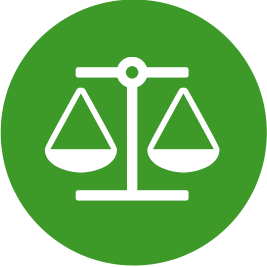
purpose
Make data-driven decisions
answers
What is the best option or course of action?
The Process
Decision Analysis helps leaders make effective choices characterized by fidelity, transparency, and stakeholder involvement.
Used For
- Highly-visible, potentially contentious choices
- Regular organizational decisions that are potentially significant—hiring, curriculum, purchasing, etc.
- Decisions requiring transparency or a written record of rationale—student placement, budget cuts, etc.
About Decision Analysis
Making critical decisions need not be divisive. Done right, it can unite people and build commitment to a shared outcome.
Decision Analysis starts with the end in mind—what do we want and need in a final choice? Choosing the best option becomes clearer (and often less contentious) if we first get stakeholder agreement on what’s important. We use Decision Analysis to arrive at a decision that delivers desired results and fosters stakeholder support.
Key Steps

1. State the Decision
Sometimes the choice we face is clear - other times we need to figure out what we really are trying to accomplish.
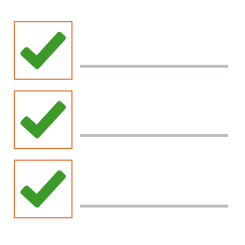
2. Establish Criteria
This step is the heart of excellent, collaborative decision making. Here is where stakeholders see their concerns included as we create a shared vision of what’s needed.
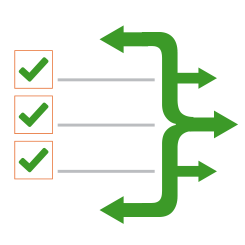
3. List Alternatives
Often the alternatives are clear, other times we need to think outside the box. We have a greater chance for success when we have good options to choose from.
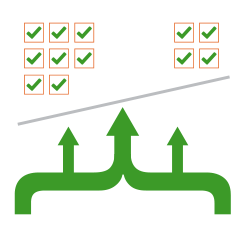
4. Evaluate Alternatives
Avoid some of the typical conflict that arises from arguing about alternatives. Each alternative’s strengths and weaknesses become clear as decision makers use the agreed-upon criteria.
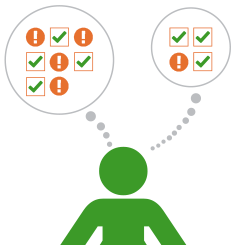
5. Consider Risks
Even ideal options carry some risk. By identifying those risks in advance, we can make better choices - and prepare for smoother implementation.
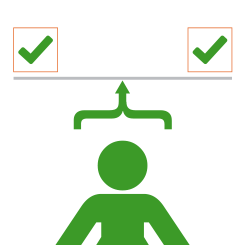
6. Trust Your Work - Make the Best Balanced Choice
Thanks to data and sound analysis, the best choice is clear and we have a rationale that is both visible and easy to explain.